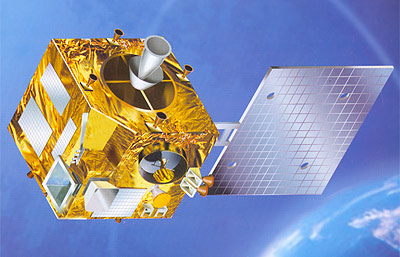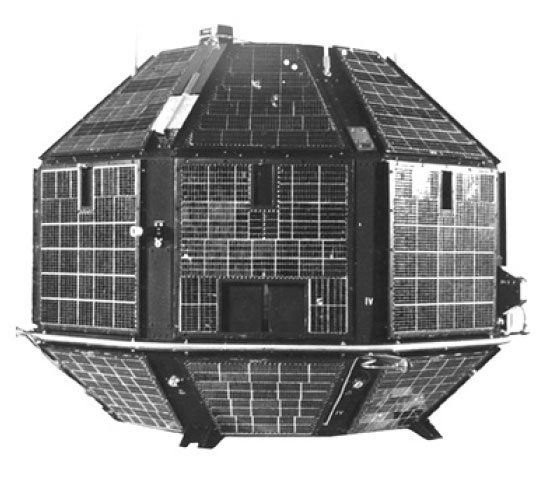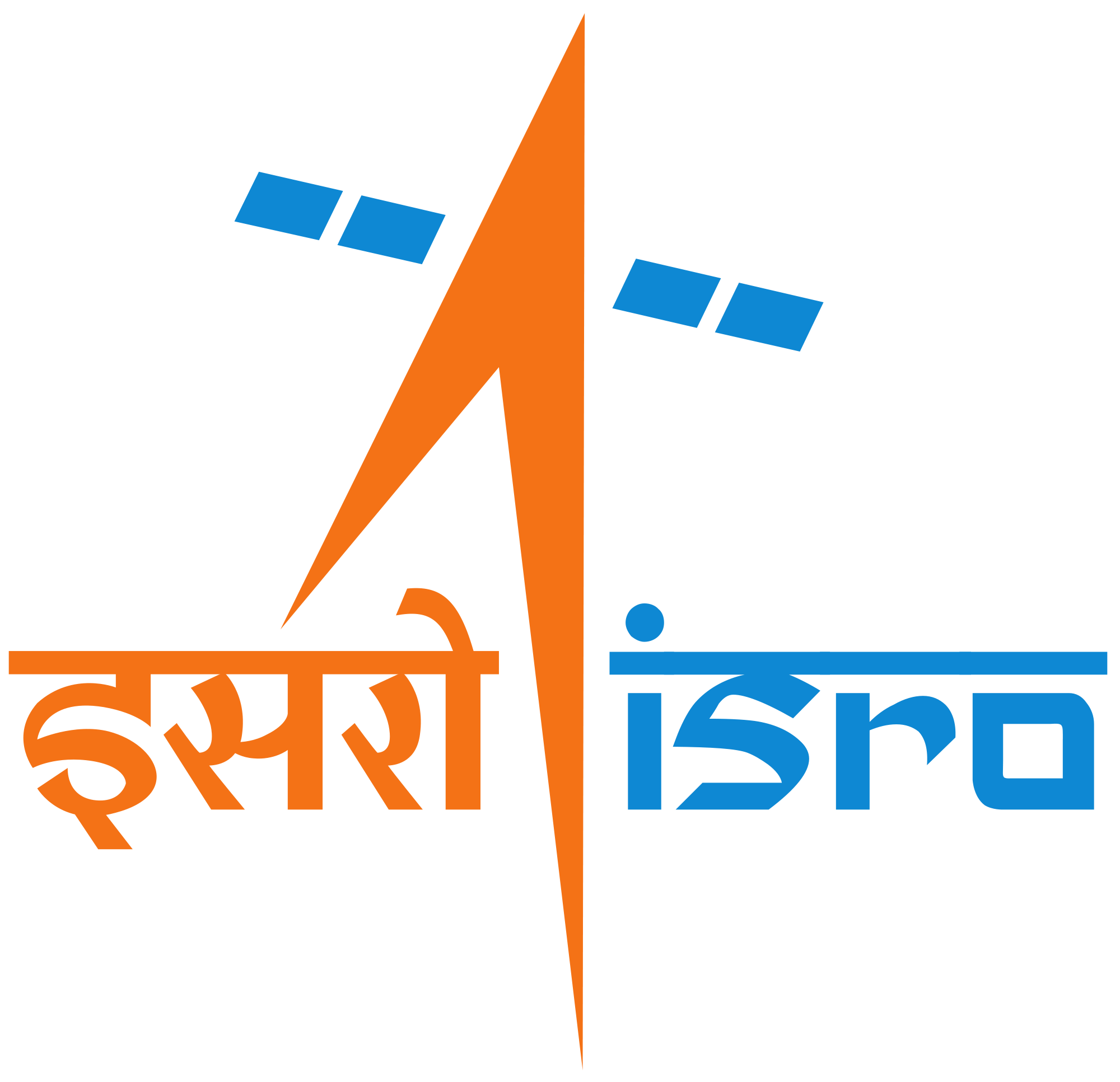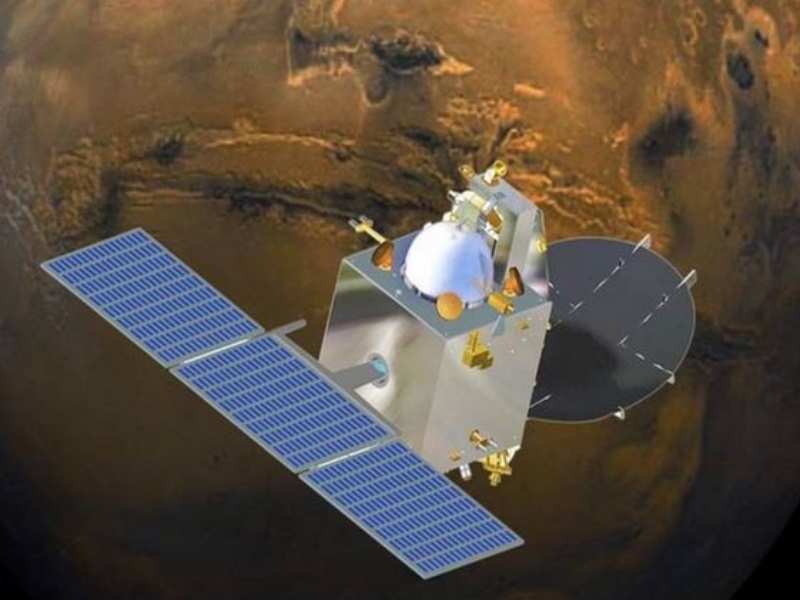QUARK THE SCIENCE CLUB
Student's Club of the Central University of South Bihar
Blog Archive
Friday 1 July 2016
Sunday 26 June 2016
Tap, Twist and Turn the piezo way to smart electricity
The science film titled, "Tap, twist and turn the PIEZO way to smart electricity", was selected and screened in the National Science Film Festival 2016, held at Nehru Science Centre organized by Vigyan Prasar, Govt. of India. The students were also awarded “Certificate of Merit”. .Through this film, an attempt has been made to create awareness about one of the smartest ways of producing electricity, Piezoelectricity, which is a simpler, greener and economical solution to the prevailing energy crisis.
Sunday 14 February 2016
Wednesday 30 September 2015
ASTROSAT
India in space
ASTROSAT
INDIA’S FIRST DEDICATED MULTIWAVELENGTH SPACE OBSERVATORY
Today 78 artificial satellites built in India are circling the earth in various orbits.
 |
| KALPANA SATELLITE |
| EDUSAT |
 |
| ARYABHATA |
For example:
 |
| YOUTH SAT |
,
ROHINI, EDUSAT
INSAT-1A, KALPANA-1
NSAT,
YOUTHSAT,
JUGUNU,
RNSS, etc.
 Through their services they have improved the quality of our life and made it easier and safer. But there is one Indian satellite which is different from all these space assets of India which is launched from Shriharikota through PSLV-C30 on september28-2015.
Through their services they have improved the quality of our life and made it easier and safer. But there is one Indian satellite which is different from all these space assets of India which is launched from Shriharikota through PSLV-C30 on september28-2015.Instead of scanning earth the satellite focuses its attention to the vast universe to help us enhance our knowledge about it. This is ASTROSAT India’s first dedicated multi wavelength orbiting astronomical laboratory.
From time immortal, humans have looked to the night sky with wonders and India has a long tradition in astronomy. A famous Indian astronomer ARYABHATA during 406 AD stated that the Occurrence of day and night was due to earth’s spinning motion. Later BHASKARAECHARYA, VARAHAMIHIRA and BHRAMAGUPTA made noticeable contribution in mathematics and astronomy. Later the inventions of various scientific equipment made our understanding and knowledge of universe stronger and we started explaining the happenings in the sky in more detail.
Different kinds of electromagnetic radiations explain different aspects of the universe.
INFRARED radiation tells us about dim stars and climate formation.
ULTRAVOILET radiation gives us information about very hot stars.
X-RAYs and GAMMA rays provide information about the violent events of the universe such as supernova (explosion of death of a star), gamma ray burst, etc.
MICROWAVES help us to understand formation and the evolution of the universe.

India today is the prominent nation in the field of space research.
Indian Space Research Organization ISRO
has a vast experience of building and launching a variety of satellites and utilizing them for many national development in past 4 decades many scientific space mission were successfully conducted starting from
Aryabhata(19 april-1975) through
CHANDRAYAAN(oct-22-2008)
| CHANDRAYAAN |
MANGALYAAN(nov-5-2013)
 |
| MANGALYAAN |
and now
ASTROSAT(sept-28-2015)
which is the most recent space science project of ISRO.
 |
| ARISTOSAT |
The cuboidal shaped ARISTOSAT covered with a golden color thermal blanket weighs about 1500kg and revolves earth in a 650 km orbit which is 6 degrees with equator.PSLV-C30 (polar satellite launch vehicle) was chosen for its launch which weighed 320 tons at the time of launch. This was the 31st launch of PSLV. It would take 23 minutes to place ARISTOSAT in its orbit.
Along with ARISTOSAT, PLSV-C30 is carrying 6 other smaller satellites also,
ASRTOSAT carries 5 payloads for observing deep space.
These are:
1. UVIT (ultraviolet imaging telescope)
which is capable of observing space in visible and ultraviolet regions.
2. LAXPC (large area X-ray proportional counter)
which is designed to study x-rays emitted from a type of binary stars called x-ray binary as well as to study the cosmic x-ray sources.
3. SXTM (soft X-ray telescope mirror)
it is designed to study x-ray spectrum of lower energy range from distant celestial sources.
4. CDTI (cadmium zinc telluride imager)
it extends the capability to sense gamma ray bursts and their characteristics.
5. SSM (scanning sky monitor)
it is capable of locating the objects that emits the bursts of X-rays for a very short period of time.
It is the first satellite mission to be operated as space observatory by ISRO in India.
Along with ARISTOSAT, PLSV-C30 is carrying 6 other smaller satellites also,
NLS(EV-9)-14kg (CANADA)
LAPAN-76kg (INDONESIA)
LEMUR *4-28kg each (USA)
PAYLOADS
ASRTOSAT carries 5 payloads for observing deep space.
These were developed by:-
- ISRO,
- IIA (Indian institute of Astrophysics),
- IUCAA (Inter University Center for Astronomy and Astrophysics),
- RRI (Raman Research Institute,
- TIFR, and various universities.
These are:1. UVIT (ultraviolet imaging telescope)
which is capable of observing space in visible and ultraviolet regions.
2. LAXPC (large area X-ray proportional counter)
which is designed to study x-rays emitted from a type of binary stars called x-ray binary as well as to study the cosmic x-ray sources.
3. SXTM (soft X-ray telescope mirror)
it is designed to study x-ray spectrum of lower energy range from distant celestial sources.
4. CDTI (cadmium zinc telluride imager)
it extends the capability to sense gamma ray bursts and their characteristics.
5. SSM (scanning sky monitor)
it is capable of locating the objects that emits the bursts of X-rays for a very short period of time.
It is the first satellite mission to be operated as space observatory by ISRO in India.
by-KUSHAGRA ROHATGI
Tuesday 29 September 2015
Sunday 27 September 2015
Subscribe to:
Posts (Atom)




